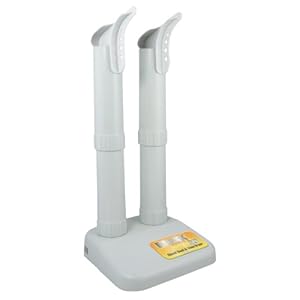I love this trip. There are three WA State Ferries involved, and four stretches of biking.
Stretch 1: Home to Edmonds
12 miles
I left at 4:15am in order to catch the 5:35am Edmonds-Kinston ferry. This is a short stretch, but catching this ferry is crucial since the next ferry departure is 7:10am. Lesson learned from this stretch: sailing sucks. There is no way I could ever get here under sail in 45 minutes.
Stretch 2: Kingston to Port Townsend
~38 miles.
This was a little sketchy. I was biking down Hwy 104 in the pitch dark. On one hand it was kinda dangerous, on the other hand there were very few cars. Whether it's more dangerous than regular riding, I still am not sure. I kept counting to 5 and then checking behind me so that no cars snuck up on me. Most cars completely changed lanes and were totally cool. I was mostly scared of possible drunk drivers. Luckily I recently bought a 600 lumen headlight so I could see all the bumps on the shoulder.
Experiencing the bison-laden, foggy hills of Beaver Valley at dawn without a soul in sight was worth the entire trip -- John Denver would've been happy.
Bombing into PT at 8:30am was like a dream, assuming your dreams include paper mills and the associated smell. I found a bike that had spent some time in the drink:
I had time to grab a coffee cake and latte from UnderTown Cafe. I bought a ferry ticket in advance and boarded the 9:30am boat.
Stretch 3: Keystone to Clinton
25 miles
Whidbey Island has its own beauty -- farm land, gradual curves, rolling hills.
The wind was not strong, but it was coming out of the South and held some moisture. My feet were completely soaked and frozen by now. I turned down Smuggler's Cove Rd to escape the annoying highway. Saw some signs about property owners not wanting to pay for dredging Lagoon Point (need to look this up). I bonked out pretty hard at this point and was waiting to enter Freeland, WA to eat. I thought I was screwed and would have to settle for gas station food. Instead, I found this:
Artichoke and sun-dried tomato frittata with a quinoa side salad and coffee. Hell yes. If you ever need a pit stop in Freeland on Whidbey, check out Timbuktu Cafe.
The race to the ferry was less important -- Clinton-Mukilteo leaves every half hour on the half hour. When I got to the final hill I checked my watch: 12:48pm. I hit the high gear and bombed down the hill just in time to catch the walk-biker loading for the 1pm ferry. Whew.
Stretch 4: Mukilteo to Home
22 miles if you know the way. More if you're me.
I just have this to say about Mukilteo, Lynnwood, Edmonds, and Shoreline: Screw 'em. The neighborhoods are not walkable, there is very little signage, and the biking is terrible. I usually avoid this place. It seems as if the entire area is an exercise in just how many millions of dollars worth of salmon habitat, useful land, and human health can be destroyed by low-density shitty houses. There is really nothing good to say about this stretch, and I would just as soon take the bus.
Conclusion
This is a great ride. What I like about it is that each chunk is broken up into X number of miles with a ferry ride in between. Just get off the ferry and don't stop riding until you get to the next ferry. It's a 100-mile ride that involves a lot of sitting on your ass and not biking. I can't wait to do this again in the summer when the visibility is better.
When I got home, Stacey had just finished making coffee cake and a fresh brew of coffee. What a sight for sore eyes (I'm talking about Stacey, not the coffee). We rode our bikes into downtown Ballard later to catch up with some old friends. It was the warmest, driest bit of biking I had done all day.










